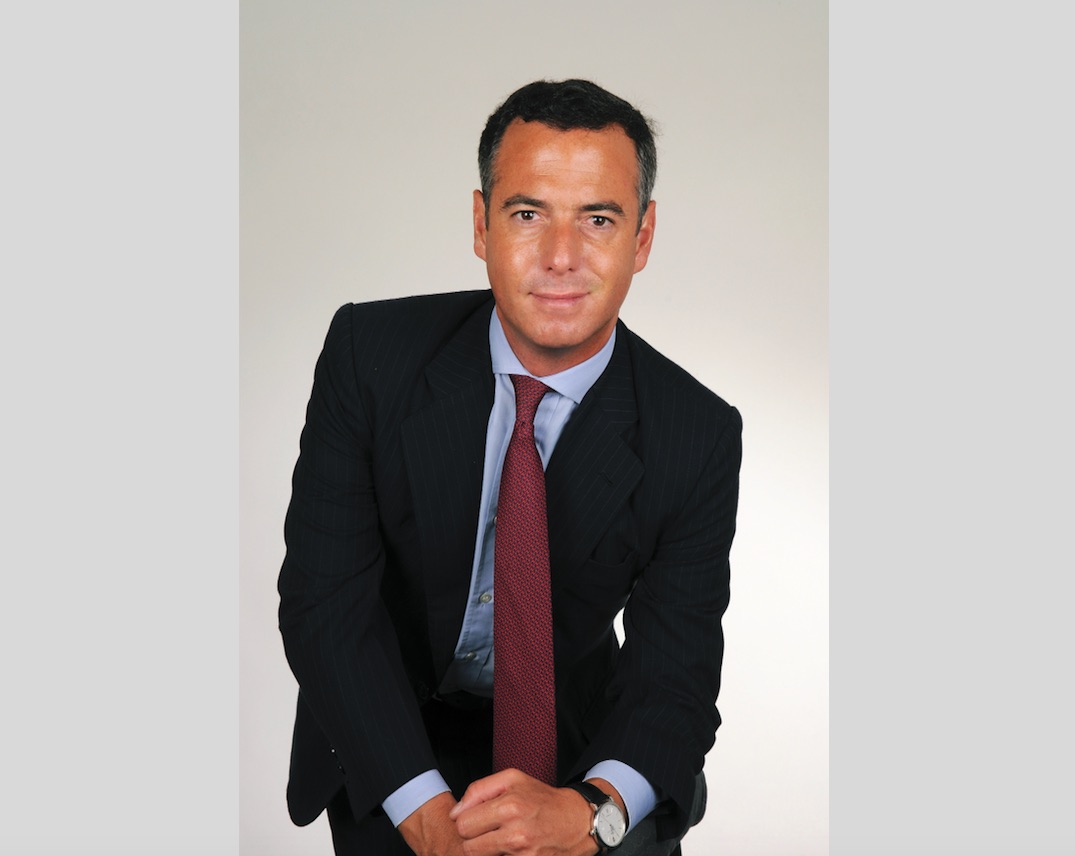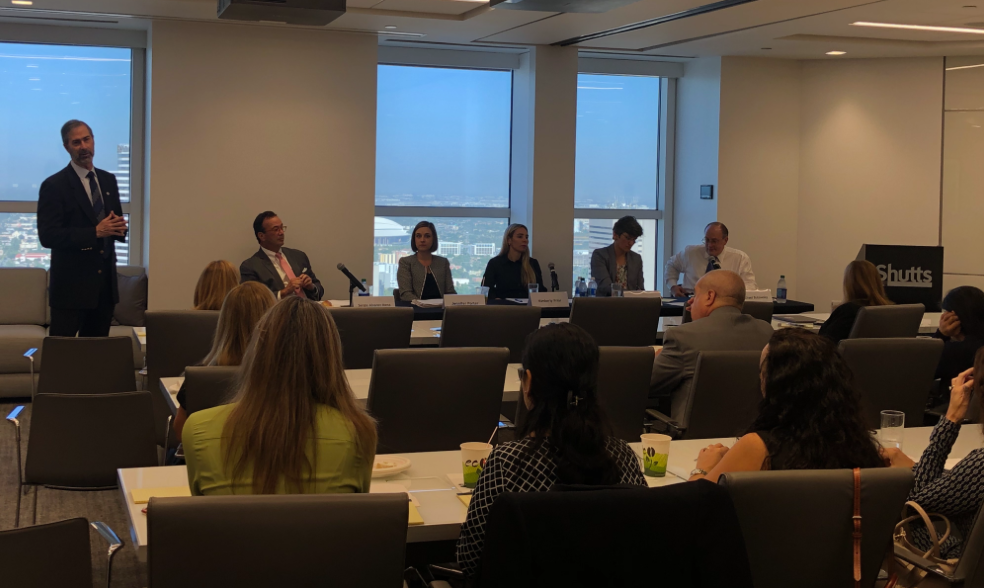The Chinese Equities Journey of Aberdeen Standard Investments (Part 2)
| By IreneValiente | 0 Comentarios

After its first approach to the chinese equities, in this second and last instalment, Aberdeen Standard Investments reflects its growing comfort with A-shares, from the earliest reservations to the expectations for future growth.
In the early 1990s the onshore market was isolated, accessible only to domestic investors. Gradually China has opened its stock exchanges to overseas investors with initiatives like the Qualified Foreign Institutional Investor (QFII) scheme in 2002 or the Stock Connect of 2014 and 2016. Most recently, there has been an inclusion of A-shares in MSCI’s mainstream benchmarks. These “deregulations” have facilitated the journey of the asset manager from observer to investor in China’s A-share market.
Getting comfortable
For years, global investors seeking access to China’s economic growth predominantly invested in stocks listed in Hong Kong. However, the domestic A-share market is far deeper and more liquid and its range of companies and sectors more varied.
“Our challenge was identifying firms that met our strict quality criteria“: a strong balance sheet, sustainable earnings, progressive management and good governance, reveals ASI. “We could see that A-share companies had plenty of work to do on improving their financial transparency and strengthening investor protections” and typically “they had too short an operating history for us to gain comfort in their track record”.
The asset manager especially wary of political interference in commercial decision-making, but, as they familiarised themselves with the inner workings of companies, their views became less rigid. “Some of the biggest state-owned enterprises have sound management teams, operate internationally and enjoy pseudo-monopolies at home” so “we learned to appreciate these strengths”.
ASI researched the A-share universe for more than a decade before their first investment in 2011. In the five years following, they carried out some 500 company meetings, they engaged with management teams and campaigned for better capital management practices.
“We observed incremental improvements, such as enhanced board and management composition; increased dividend pay-outs and share buy-backs; and improved transparency in reporting”, but “it wasn’t always plain sailing”. The asset manager gas had to divest stakes in companies that continued to invest heavily in non-core assets; where infighting among board directors led to dysfunction; and where firms pressed ahead with privatisation plans despite depressed valuations and dissenting voices.
“As more companies confer rights of ownership on outside shareholders, our comfort with the A-share market will continue to grow”, assures ASI, which, after extensive due diligence and analysis, was able to build up a list of companies with the highest standards in the market. This enabled to launch a dedicated A-share Fund in March 2015. Out of the present universe of about 3,500 A-shares, ASI holds a little over 30. “Generally these are well-run, industry-leading companies which enjoy a sustainable competitive advantage”.
Finantial evolution
The past five years have seen the introduction two Stock Connect schemes, creating a trading loop directly linking the exchanges of Hong Kong with Shanghai and Shenzhen. Broadly this addressed foreign investor concerns about lack of direct market access and was instrumental in global index provider MSCI agreeing to admit A-shares to its mainstream benchmarks incrementally.
For the asset manager, that will accelerate capital flows from foreign institutions tracking these indices passively. “We see this broadening of the shareholder base as a good thing: some A-share companies have told us they want more foreign institutions as shareholders because they invest for the long term. This remains a volatile market driven by retail investor speculation, after all”.
MSCI’s inclusion of A-shares into its indices has no practical application for ASI as a fundamental investor: it doesn’t affect its view of whether a company is good or bad, nor does it feel any need to adjust portfolios. “The real significance is what it says about China’s financial evolution. Over time the A-share market is becoming more institutional, more professional and more international. It’s the beginning of huge financial change”.
But Stock Connect was about more than raising foreign participation. China no longer needs its financial system to finance rapid economic growth; it needs it to provide pension income for a rapidly ageing society. According to ASI, it means the quality of financial assets matter more now than ever and Chinese pension funds need to invest sustainably.
“Over the long term, China’s structural growth will be driven by domestic consumption and a rising middle class. We believe the key to unlocking shareholder value is identifying companies which can tap into these growing disposable incomes”, says the asset manager, who has found companies with good long-term growth prospects in segments such as internet technology, travel and health care”.









